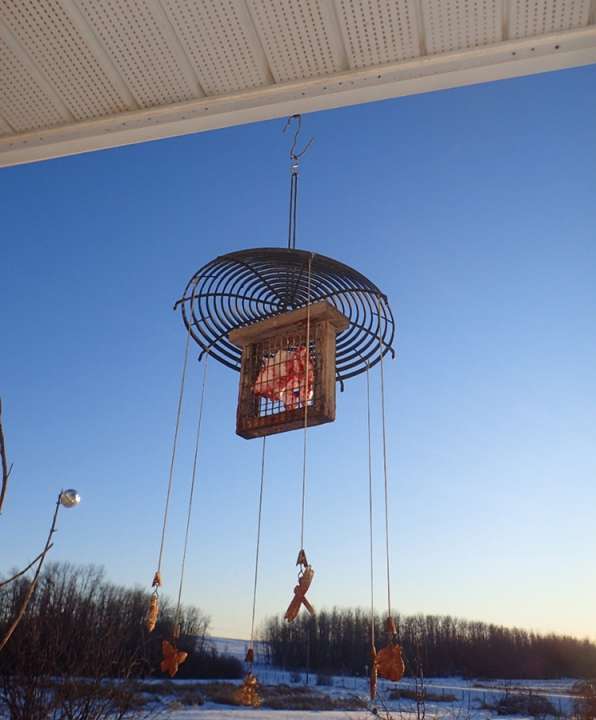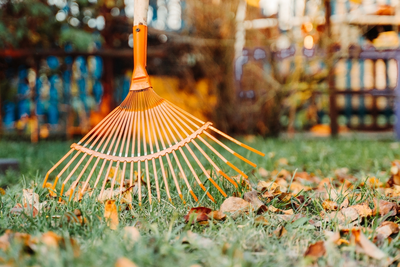Keeping the Bullies at Bay
By Myrna Pearman, Mother Nature’s Naturalist and Backyard Birding Expert
By November, our resident birds have established the boundaries of their winter territories. The smartest and most dominant individuals will have long ago scouted out multiple food sources within that territory, including your bird feeding stations, and will have made decisions about where they will spend the next few cold, rainy winter months. There will have been various territorial skirmishes as individuals sort out who gets to overwinter where.

Natural food supplies are sometimes unreliable, especially during times of extremely cold weather, so the viability of local bird populations is dependent on the survival of the fittest individuals. Although it is a harsh reality, population health favours the older and smarter birds—especially those that have proven their breeding prowess—over younger or less savvy individuals.
Competition for meagre winter food supplies can be fierce and—in addition to the older birds dominating the younger individuals—larger species tend to dominate the smaller ones. This competition is especially keen around bird feeding stations since feeders offer a coveted and reliable food supply concentrated in a small area.
While there is little we humans can (or should) do to intervene in the older vs. younger clashes, we can make things a bit more equitable for all feeder patrons by discouraging the total domination of feeders by the largest and most aggressive species.

Some large birds, like Pileated Woodpeckers, may scatter the feeder crowd when they arrive, but these gentle giants usually just eat and move on. On the other hand, more aggressive species, most notably starlings, blackbirds (especially grackles) and corvids (crows, magpies, jays) will dominate feeding stations and keep all other birds away whilst they gobble down all the food.
There are a few simple ways to keep the bully birds from accessing seeds and suet. Exclusion enclosures using mesh/lath (e.g., stucco wire) to encircle the feeder will allow small birds to enter and exit while keeping the larger birds out. Even old bird cages will work! Weight-activated feeders work well too, since the body weight of a large bird or squirrel will force a sleeve to close down over the feeding portals. Upside down feeders as well as tube feeders that have small feeding ports will also discourage squirrels and the larger bully birds from accessing seeds.
Another option sometimes suggested is to set up two different feeding areas – feed cheap bird blends or corn for the less desirable birds in a far corner of your garden and the high-quality seeds closer to where you want the more desirable birds. The downside of this approach is that the bully birds will arrive in droves and then likely pester the preferred feeding stations as well.
While all winter feeder birds will readily dine on sunflower seeds (especially chips), some backyard bird feeding enthusiasts switch to safflower and nyger seed if sunflower feeding stations are being overrun because both are eschewed by some of the larger species, especially grackles.

The images shown here illustrate the suggestions above.
With a few tweaks, you can turn your backyard into a welcoming spot for all feathered visitors—no bullies allowed.
Have more questions? Visit your local Buckerfield's and we'll be happy to help!



